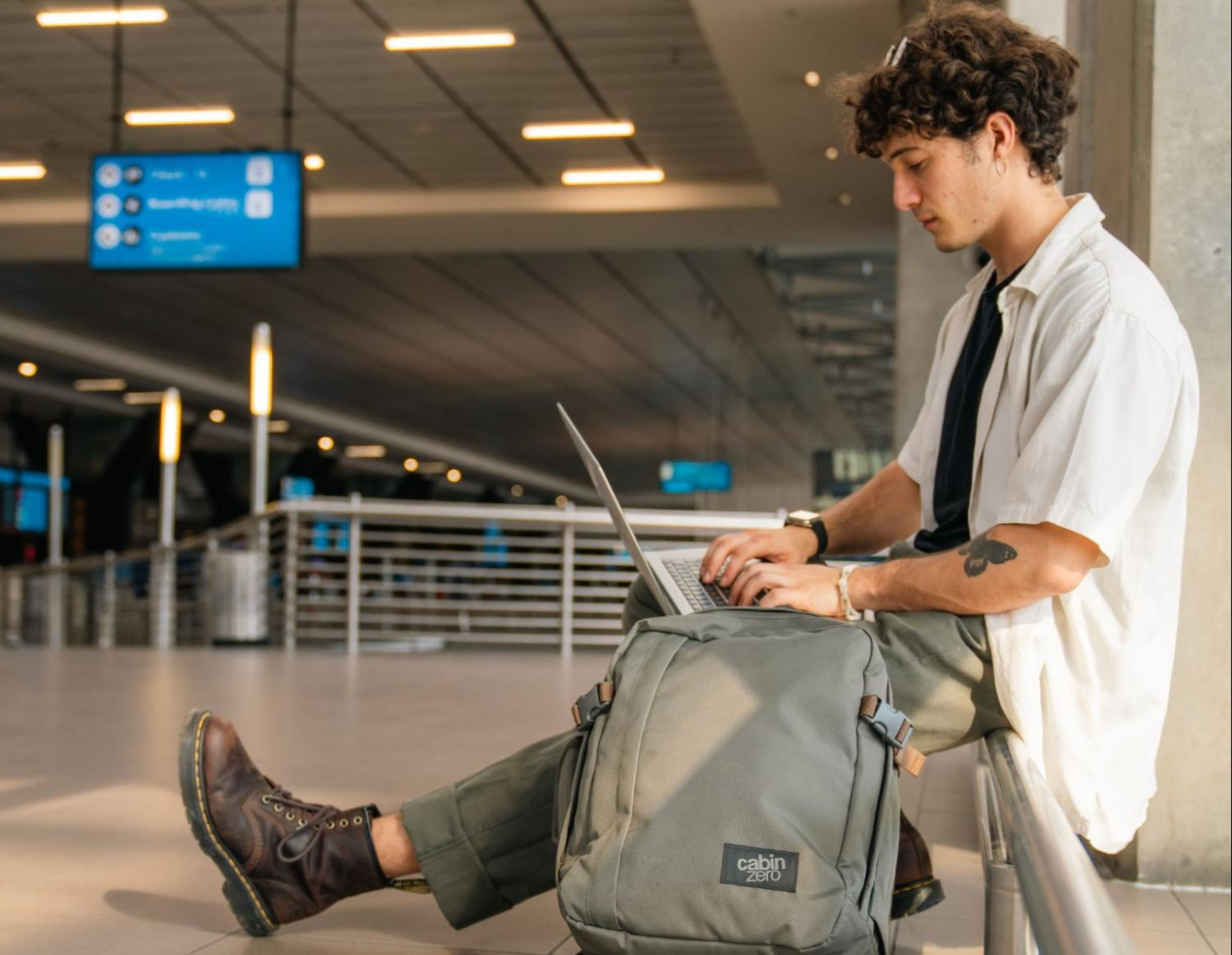Carry-On Luggage vs Checked Bag: Which One Should You Choose?
When it comes to air travel, one of the most common decisions travelers face is choosing between carry-on luggage and checked bags. This article explores the nuances of carry-on luggage vs checked bag options, helping you weigh the pros, cons, and practicalities to make an informed choice for your journeys.
Understanding the Basics of Carry-On and Checked Baggage
Traveling efficiently begins with grasping the fundamentals of your luggage options, as these choices can significantly impact your overall trip experience. Whether you’re a frequent flyer or an occasional adventurer, knowing the differences between carry-on luggage and checked bags sets the stage for smarter packing and smoother travels. This section breaks down the essential elements, from definitions to regulations, to give you a clear foundation.
Definitions and Key Features of Carry-On Luggage
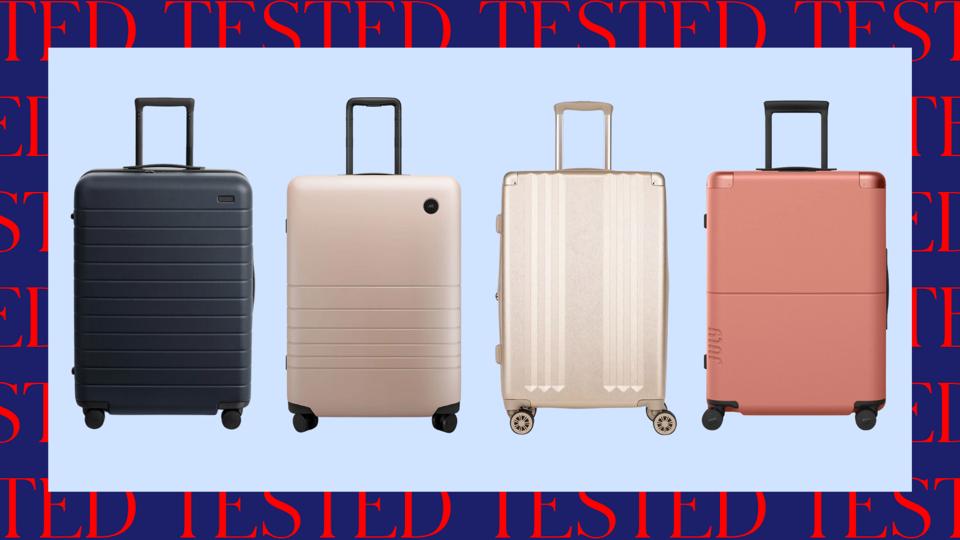
Carry-on luggage refers to the smaller bags or suitcases that you can bring with you onto the airplane and store in the overhead compartments or under your seat. These pieces are designed for convenience, allowing travelers to keep essential items close at hand without the need for airport baggage handling.
One of the primary features of carry-on luggage is its compact size, typically adhering to airline standards that limit dimensions to around 22 x 14 x 9 inches or less, depending on the carrier. This makes it ideal for short trips where you don’t need to pack extensively. Beyond size, carry-on bags often come with durable materials like polycarbonate or nylon, which help withstand the rigors of being tossed into overhead bins. They usually include practical elements such as multiple compartments for organization, TSA-approved locks for security, and ergonomic handles for easy maneuvering through crowded airports.
Another key aspect is the weight limit, which airlines enforce strictly to ensure safety and space efficiency. Most carriers allow carry-ons up to 22 pounds, but this can vary, so checking ahead is crucial. Carry-on luggage also empowers travelers with quick access to items like medications, electronics, or travel documents, reducing the stress of waiting at baggage claim. In essence, it’s about blending portability with functionality, making it a staple for business travelers or those on quick getaways.
The rise of innovative designs in carry-on luggage has transformed it from a mere necessity to a smart travel companion. For instance, modern carry-ons often feature expandable sections or built-in USB ports for charging devices on the go, enhancing your in-flight experience. This evolution underscores why carry-on luggage is more than just a bag—it’s a gateway to hassle-free travel.
Definitions and Key Features of Checked Bags
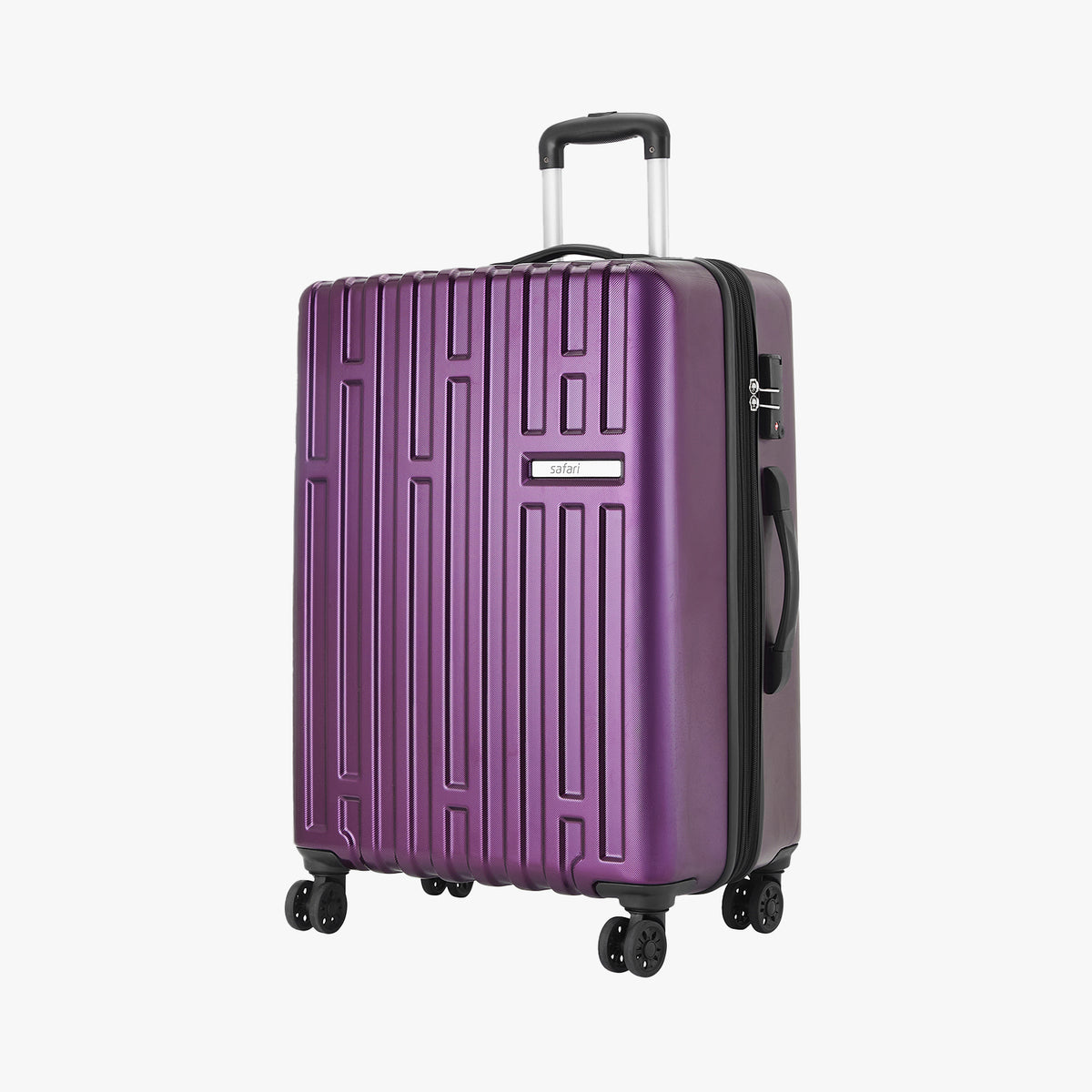
Checked bags are the larger suitcases or containers that you hand over to airline staff at check-in, which are then stored in the aircraft’s cargo hold until you reach your destination. These are typically used for items that don’t fit into carry-on limits or for trips requiring more extensive packing.
The defining feature of checked bags is their size and capacity, often ranging from 24 to 32 inches in height, allowing for substantial storage space. Airlines have specific weight limits, usually between 50 to 70 pounds per bag, beyond which overweight fees apply. Checked bags are constructed from robust materials like hard-shell polycarbonate or soft-sided fabrics with reinforced zippers, designed to endure the handling process, which includes conveyor belts and loading onto planes.
Security is another critical element; checked bags undergo thorough screening, including X-rays and sometimes manual inspections, to comply with aviation regulations. This means travelers must pack with care, avoiding prohibited items like liquids over 3.4 ounces or sharp objects. On the positive side, checked bags offer the luxury of space for bulkier items, such as clothing for longer trips or souvenirs on the way back, making them suitable for family vacations or extended stays.
In recent years, checked bags have seen advancements in technology, such as built-in tracking devices or smart tags that allow you to monitor their location via an app. This feature adds a layer of peace of mind, especially for those prone to lost luggage woes. Overall, checked bags represent a trade-off: more space in exchange for relinquishing control during the flight.
Common Uses and Suitability for Different Types of Travel
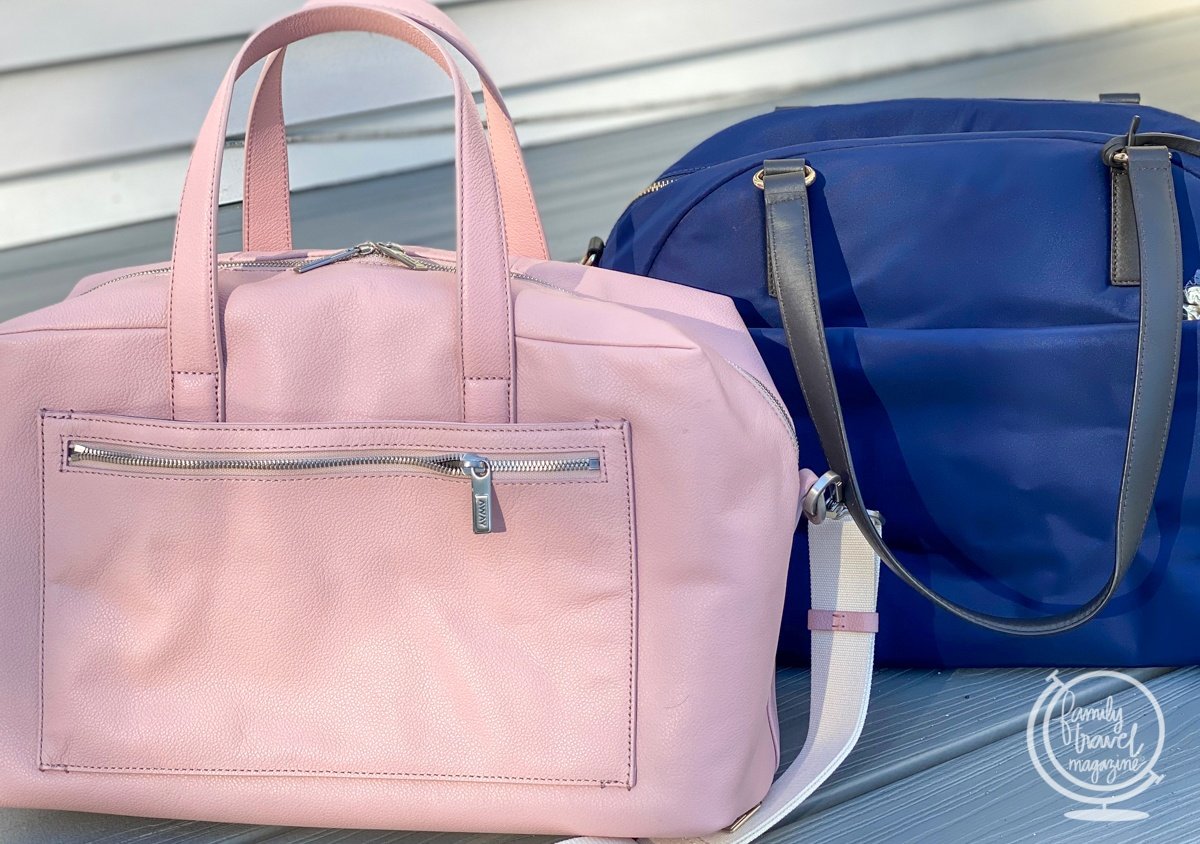
Carry-on luggage is most commonly used for short-haul flights, weekend getaways, or business trips where minimal packing is key. Its suitability shines in scenarios where time is of the essence, as you can bypass baggage claim and head straight to your destination.
For leisure travelers, carry-on bags are perfect for urban explorations or cruises, where you might need quick access to essentials like a change of clothes or electronics. They suit budget-conscious flyers too, as avoiding checked bag fees can save money. However, for international adventures or trips involving multiple destinations, carry-on might feel restrictive if you’re carrying gifts or specialized gear.
Checked bags, conversely, are ideally suited for longer vacations, family travels, or any situation where you need to transport more items. They’re a go-to for those relocating temporarily or attending events that require formal attire, as they accommodate larger volumes without the space constraints of carry-ons.
When considering travel styles, checked bags align well with relaxed itineraries, like beach holidays, where you can pack sunscreen, books, and extra outfits. For adventure seekers, they provide room for hiking boots or camping equipment, though you must weigh the risks of damage or delays.
Size, Weight Limits, and Regulations Overview
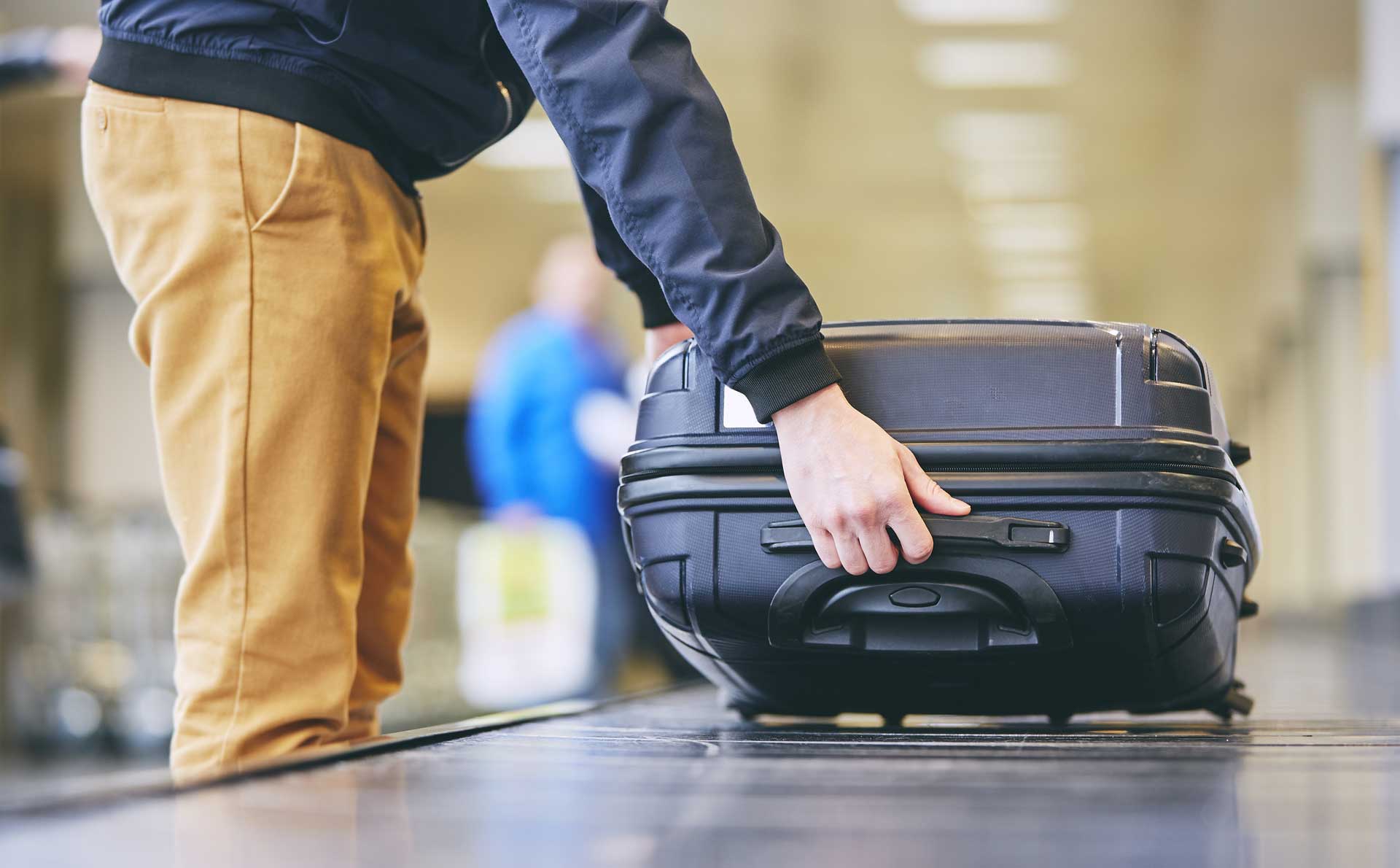
Airline regulations dictate that carry-on luggage must fit within specified dimensions to avoid gate-checking, which can lead to additional fees or inconvenience. These rules vary by airline, with carriers like American Airlines enforcing 22 x 14 x 9 inches, while others might be slightly more lenient.
Weight limits for carry-ons are generally under 22 pounds, but enforcement can be inconsistent, making it essential to verify policies. Regulations also cover what you can pack, prohibiting items like firearms or large liquids, to ensure cabin safety.
For checked bags, size limits often cap at 62 inches in total dimensions (length + width + height), with weight thresholds around 50 pounds for standard fares. Overweight or oversized bags incur extra charges, which can add up quickly.
Global regulations, such as those from the International Air Transport Association (IATA), standardize many of these rules, but local laws might impose additional restrictions, like in the EU where liquids in checked bags face scrutiny.
$79.99
$156.16
$144.49
$37.87
$89.96
$149.99
Advantages and Disadvantages of Carry-On Luggage
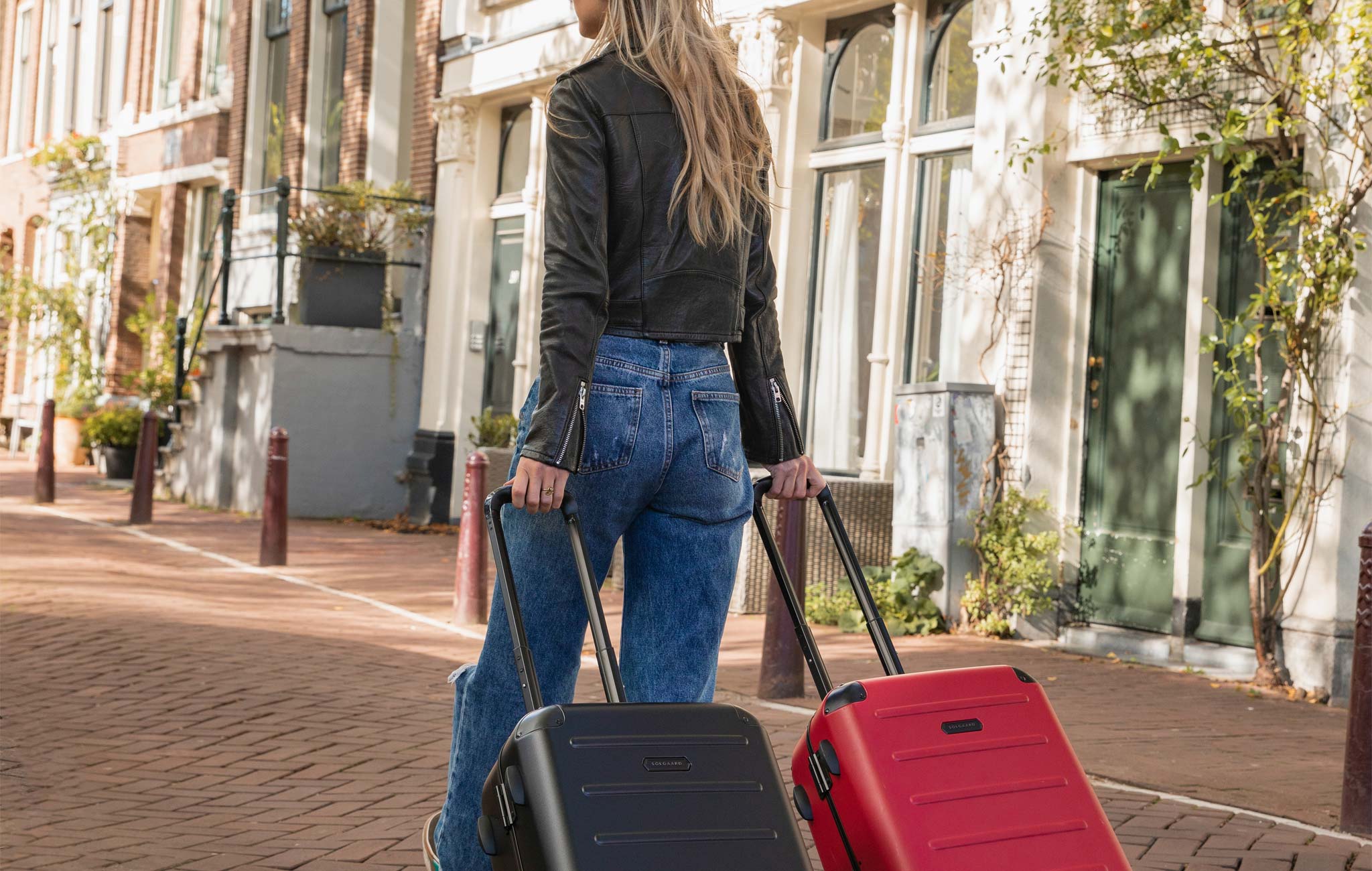
Carry-on luggage offers a streamlined approach to travel, appealing to those who value speed and simplicity in their journeys. By opting for this option, travelers can sidestep the uncertainties of baggage handling and enjoy greater control over their belongings, making it a popular choice for modern, fast-paced trips.
Benefits of Traveling with a Carry-On
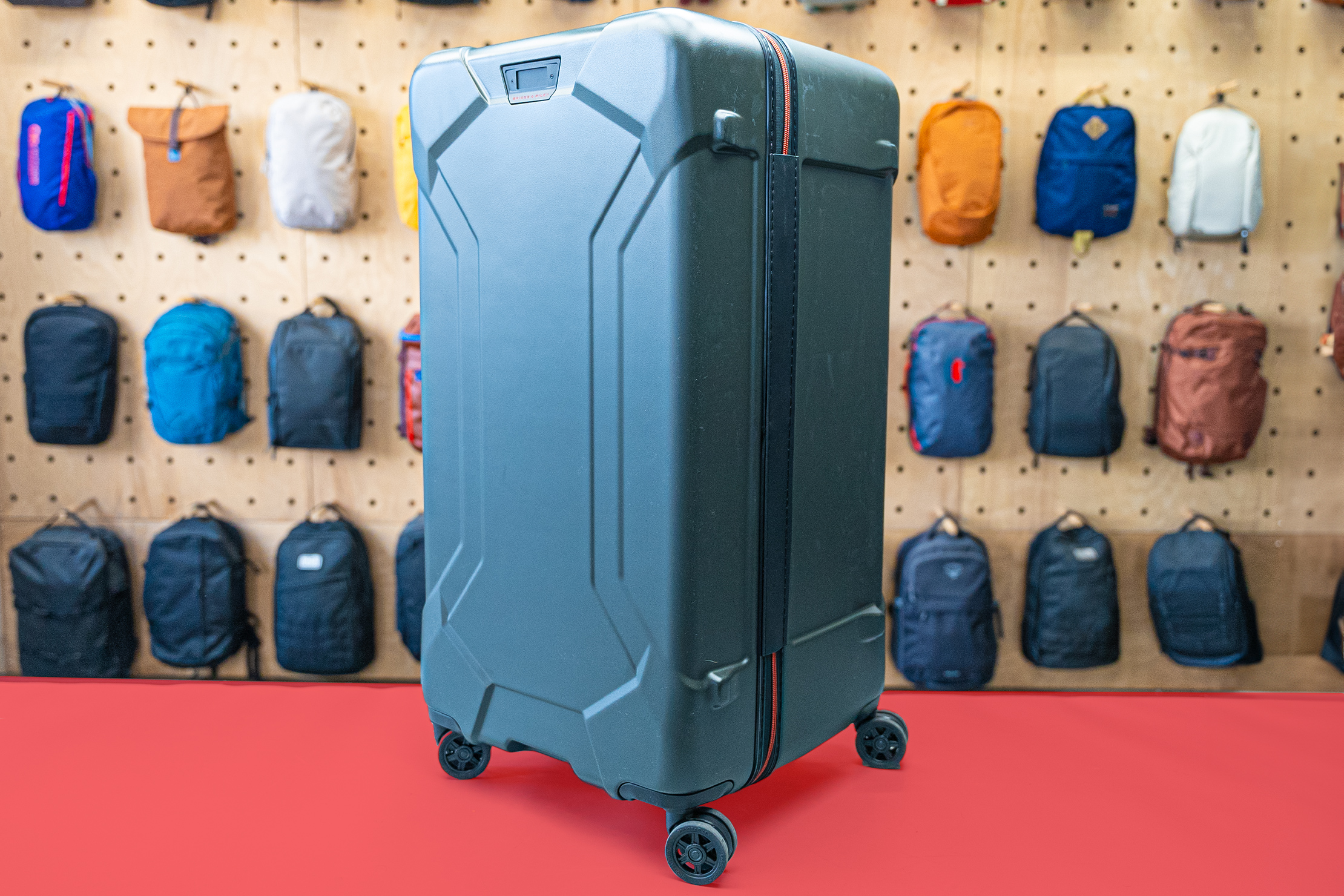
One major advantage of carry-on luggage is the convenience it provides, as you can keep your essentials with you at all times. This means no waiting at baggage claim, which can save valuable time, especially in busy airports.
Additionally, carry-ons help avoid the risks associated with lost or delayed bags, giving peace of mind to frequent flyers. They also promote efficient packing, encouraging travelers to prioritize items and reduce overpacking, which can lead to a more organized trip.
Cost savings are another key benefit; many airlines charge extra for checked bags, so sticking with a carry-on can keep your travel budget intact. For those seeking the best options, the Samsonite Freeform Carry-On Spinner stands out as a top-rated choice on Amazon, praised for its durable hardshell and smooth-rolling wheels, making it ideal for hassle-free adventures—check it out at Samsonite Freeform Carry-On to see why it’s a traveler’s favorite.
Limitations and Challenges of Using a Carry-On
While carry-on luggage is convenient, its limited space can be a significant drawback, forcing travelers to make tough choices about what to bring. This is especially challenging for longer trips or when packing for families.
Overhead bin space is another issue; crowded flights often mean competition for storage, potentially leading to gate-checking your bag anyway. Weight restrictions add to the challenges, as exceeding limits might result in fees or the need to repack publicly.
Moreover, carry-ons may not suit those with fragile items, as the bag could be subject to rough handling in tight compartments. Despite these hurdles, with strategic planning, these limitations can be managed effectively.
Best Situations for Choosing a Carry-On
Carry-on luggage excels on short business trips, where you only need a few outfits and work essentials, allowing for quick in-and-out travel. It’s also perfect for city breaks or flights with tight connections, minimizing layover risks.
For eco-conscious travelers, carry-ons reduce the environmental impact by cutting down on baggage processing. In scenarios like last-minute getaways, the ability to board swiftly makes carry-ons indispensable.
This option is best when traveling light aligns with your style, such as backpacking or attending conferences, where mobility is key. To enhance your experience, consider products like the Travelpro Maxlite 5 Carry-On, a lightweight and expandable option that’s highly ranked on Amazon for its reliability—explore it at Travelpro Maxlite 5 Carry-On for a seamless fit.
Tips for Maximizing Carry-On Efficiency
To make the most of your carry-on, start by using packing cubes to organize items and utilize every inch of space. Rolling clothes instead of folding can free up room and reduce wrinkles.
Layer your packing with versatile pieces, like mix-and-match outfits, to cover multiple needs without bulk. Always check airline policies in advance to avoid surprises at the gate.
Invest in multi-functional accessories, such as a carry-on with built-in compartments, to streamline your setup.
Advantages and Disadvantages of Checked Bags
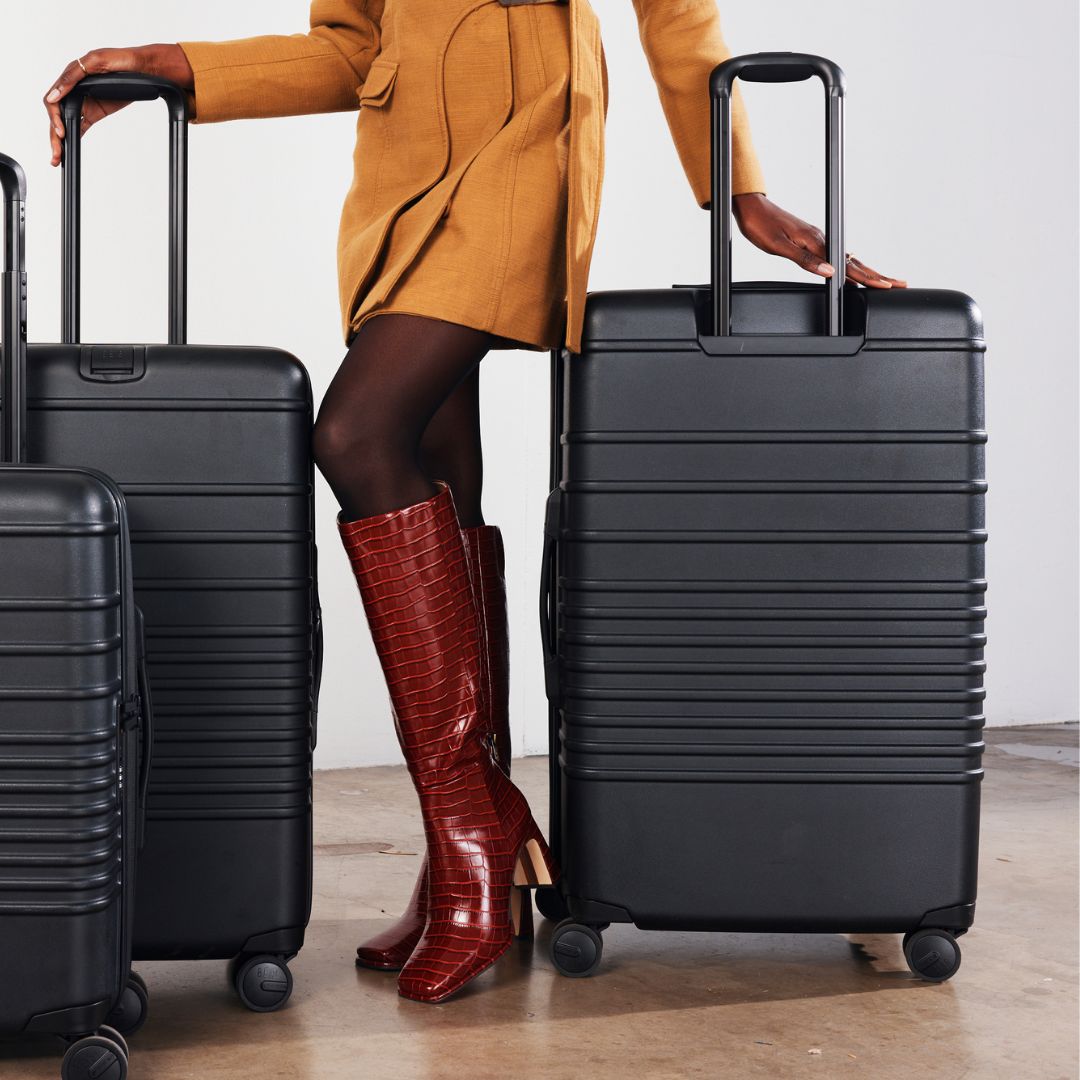
Checked bags provide the space and flexibility that many travelers crave, particularly for extended or family-oriented trips. However, they come with their own set of trade-offs, from potential delays to added costs, so understanding these aspects is crucial for effective trip planning.
Benefits of Using a Checked Bag
The primary advantage of checked bags is the ample room they offer, allowing you to pack everything needed for longer journeys without restrictions. This is especially useful for families or those with specialty items like sports equipment.
They alleviate the stress of fitting everything into a small carry-on, enabling a more relaxed packing process. Additionally, checked bags can accommodate heavier or bulkier items that wouldn’t pass carry-on standards.
For international travels, checked bags make it easier to transport liquids or other regulated goods in larger quantities. A standout product in this category is the AmazonBasics Premium Hardside Spinner, known for its spacious interior
Benefits of Using a Checked Bag
and durable construction. This reliable option is designed for frequent travelers, providing ample space for all your necessities. You can explore it at AmazonBasics Premium Hardside Spinner to check the features that stand out in the travel community.
Moreover, checked bags eliminate the need for strict packing limitations imposed by carry-on regulations. You can bring your full-sized toiletries, extra clothing for unforeseen weather changes, and even souvenirs you pick up along the way. This flexibility enhances the travel experience, especially when you’re traveling to diverse climates or need specialized attire.
Furthermore, a significant emotional benefit of checked baggage is the sense of freedom it provides. With a heavier load off your shoulders (literally), travelers often report feeling less burdened and more liberated to explore. Checked luggage can also hide the chaos of travel; you don’t have to manipulate your belongings through crowded aisles and overstuffed compartments, allowing for a more relaxed airport experience.
Potential Drawbacks and Risks
However, using a checked bag is not without its downsides. One of the most significant drawbacks is the risk of lost or delayed luggage. Airlines do their best, but mistakes happen, and finding yourself without your essentials at your destination can be a major inconvenience.
Moreover, there’s a waiting period at the end of the journey; you have to linger at baggage claim, which can be frustrating, particularly after a long flight. This aspect can also elongate travel times unnecessarily, diminishing the overall efficiency of your journey.
Additionally, checked bags can incur extra costs if the airline charges for luggage or if you find yourself forced to pay overweight fees. It’s essential to familiarize yourself with your airline’s fee structure beforehand to avoid unexpected charges. Carrying valuables in checked luggage can also be risky due to potential theft or damage. Therefore, considering insurance or keeping essential items with you in a carry-on bag is often advisable.
Ideal Scenarios for Checking a Bag
Checked bags are ideal for long trips, family vacations, or travel involving specialized gear (like climbing or skiing equipment). If your travel involves a variety of outfits for different occasions, having a checked bag allows for a more comprehensive packing strategy, ensuring you’re prepared for any scenario.
Additionally, checked luggage becomes particularly advantageous for international travel, where you might be bringing back larger souvenirs or gifts that simply won’t fit in a carry-on.
Family vacations also benefit from checked bags, as they provide the necessary room to accommodate multiple people’s belongings. Utilizing checked baggage means parents can pack toys and supplies without the worry of packing light, adding to the overall enjoyment of the trip.
Strategies for Managing Checked Luggage Effectively
Managing checked luggage effectively begins with labeling your bag. Use colorful tags or stickers to make your luggage easily identifiable. This simple trick can help reduce the stress and hassle of identifying your bag on the carousel.
In addition to labeling, consider keeping a checklist of your packed items. This can help ensure that nothing is left behind and can assist immensely in case your luggage goes missing. Always carry essential items and a change of clothes in your carry-on to reduce the impact of any delays.
Furthermore, try to arrive at the airport with ample time to check your bags and navigate security. Allocating extra time helps minimize pre-flight stress, allowing for a more enjoyable travel experience.
Lastly, if traveling through multiple destinations, consider using a durable, high-quality checked bag like the Samsonite Winfield 3 DLX, which is designed to withstand the rigors of travel while providing ample room for all your items. Check it out at Samsonite Winfield 3 DLX for more information.
Factors to Consider When Choosing Between Carry-On and Checked Bag
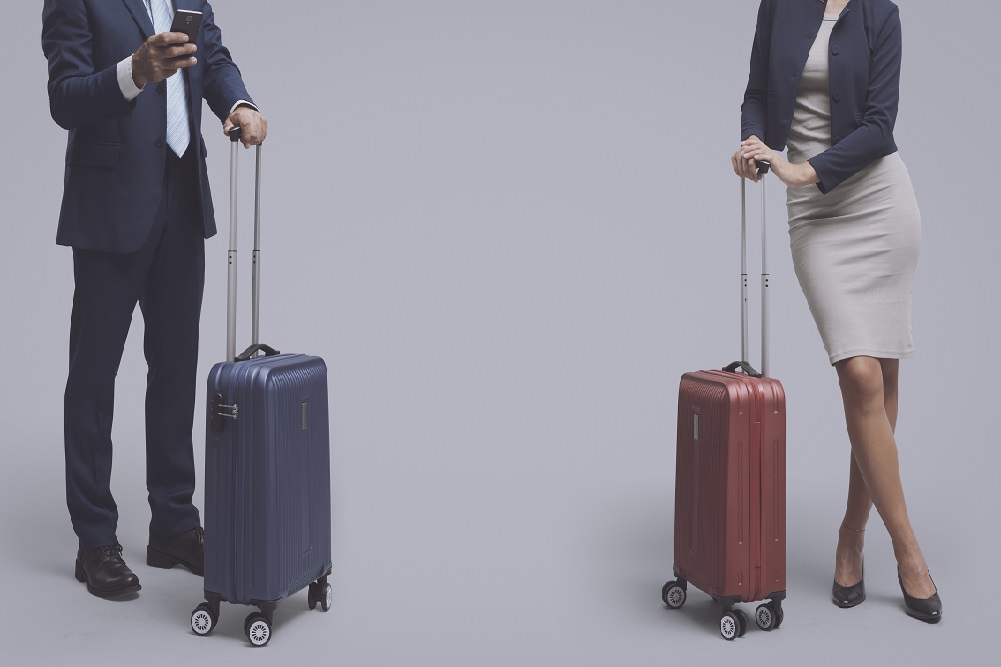
The decision between carry-on and checked baggage often hinges on various personal and logistical factors. Understanding these influences will empower travelers to make the most suitable decision for their specific journey.
Trip Duration and Packing Needs
One indispensable factor in deciding on carry-on or checked luggage is trip duration. For short trips, such as a weekend getaway or business trip, a carry-on can suffice, offering the convenience of packing light. However, for extended travels, where diverse attire is necessary, a checked bag may be more fitting.
Additionally, consider the nature of your trip and what you need to pack. If you’re bringing specialized items like sports gear, or seasonal clothing changes, a checked bag allows for more flexibility.
Airline Policies and Regulations
Before making a final decision, always check the airline’s policies regarding luggage. Each airline has specific dimensions and weight allowances that can differ widely. Being aware of your airline’s restrictions can save you from unexpected costs or inconvenient re-packing at the airport.
Moreover, consider the frequency of your travel. Frequent flyers may develop a preference based on their experiences with specific airlines, leading to a more seamless travel process.
Personal Preferences and Travel Style
Your personal preferences also significantly influence your luggage choice. Some travelers thrive on the simplicity of having their items within reach and prefer the carry-on for its convenience. Others may prioritize avoiding the hassle of packing light and prefer the freedom that comes with a checked bag.
Think about your travel style; if you enjoy traveling light and on-the-go, a carry-on is likely the right choice. Conversely, if you prefer to have multiple outfit options or enjoy the comfort of extra conveniences, a checked bag might suit you better.
Security, Safety, and Risk Management
Consideration of security is vital, as both luggage options pose their own sets of risks. While carry-on luggage stays closely managed, checked bags face potential delays, loss, or theft scenarios. Understanding your tolerance for risk and planning accordingly can guide your decision.
Cost Considerations and Budget Constraints
Lastly, evaluate your budget and the cost implications of each option. While checked bags often come with additional fees, carry-ons may allow you to save on expenses when traveling with budget airlines. Weigh the costs associated with each option against the conveniences offered and choose the one that aligns with your travel budget.
Practical Tips for Managing Your Luggage
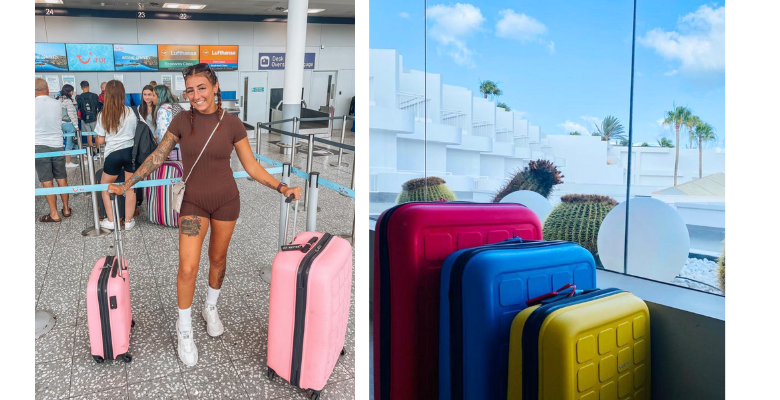
In the ever-evolving world of travel, effective luggage management is crucial. Mastering how to pack smartly and efficiently can lead to a more enjoyable and less stressful travel experience.
Packing Efficiently for Carry-Ons
- Use Packing Cubes: They help you organize items by category, making it easier to access what you need without rummaging through your bag.
- Roll Your Clothes: This technique saves space and can minimize wrinkles, allowing you to fit more into a smaller area.
- Prioritize Essentials: Always keep important items such as medications, important documents, and a change of clothes in your carry-on to prepare for unexpected delays.
- Check Airline Policies: Familiarize yourself with the specifics of both size and weight regulations, as compliance can save you from excess baggage fees or the need to repack at the airport.
Strategy for Checked Luggage
- Invest in Quality Luggage: A durable suitcase can withstand the rigors of travel, reducing the chances of accidental damage.
- Keep Valuables with You: Never put important items like electronics, jewelry, or medications in checked bags. Instead, keep them in your carry-on where they are secure.
- Organize Your Bag: Pack heavier items at the bottom, balance the weight and use compartments wisely to maximize available space.
- Know Your Airline’s Fee Structure: This allows for better budgeting and prevents unforeseen charges at check-in.
Conclusion
Ultimately, the choice between carry-on and checked baggage hinges on dozens of factors such as travel style, trip duration, airline policies, and personal preferences. Understanding the nuances between the two can lead travelers to make informed decisions that enhance their travel experiences. No matter your choice, sophisticated packing strategies and a thorough understanding of luggage regulations can improve your journey, making it more efficient and streamlined. Adjusting your strategy based on these insights can significantly enrich your travel adventures, ensuring you make the most of your luggage while still prioritizing ease and enjoyment on the road.




